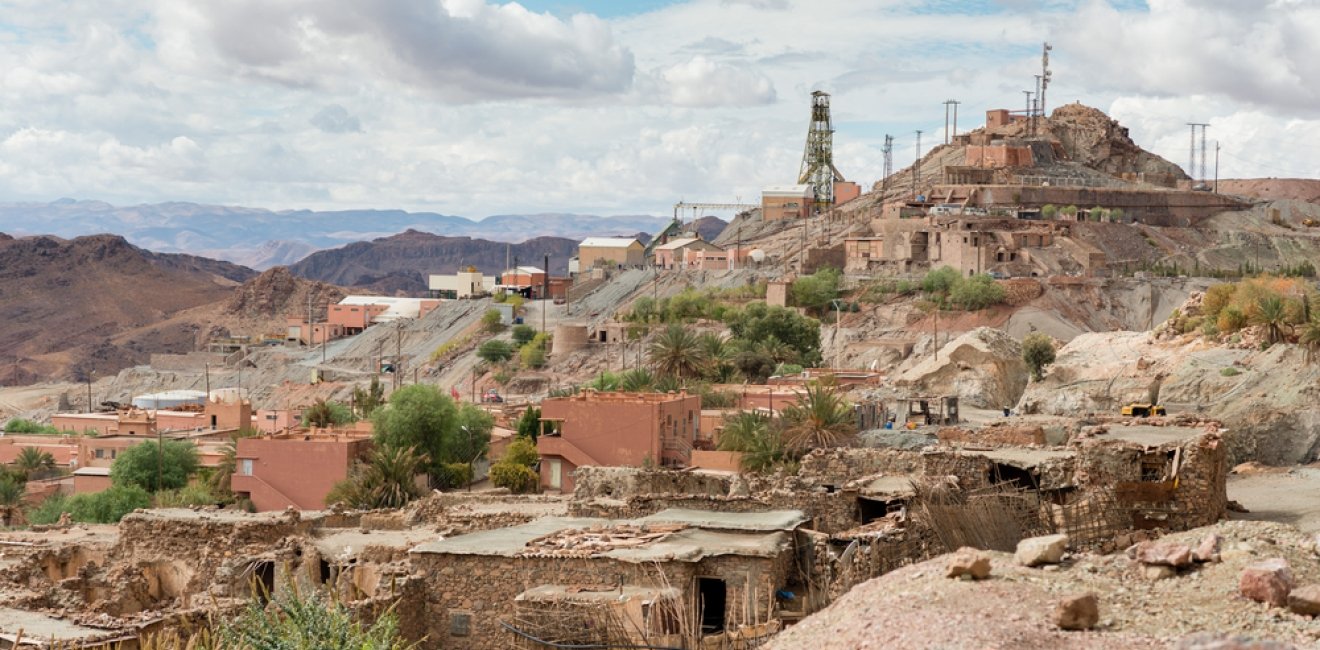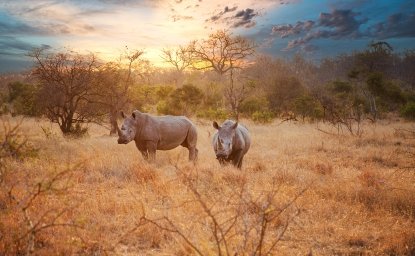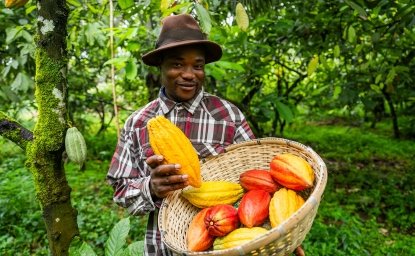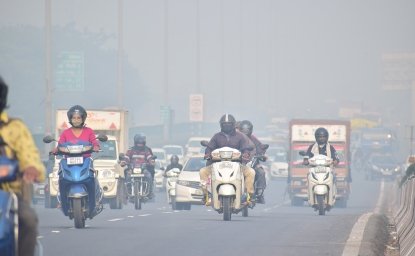
A blog of the Wilson Center

As of 2020, Africa’s natural resources were pledged to back nearly $66 billion in loans made for the most part from China’s state-controlled Development and Exim Banks.
Africa has enormous economic potential. It is the youngest continent in the world, and nearly half of the world’s working-age population will be African in 30 years. With that youth comes not only a vast source of ready labor, but also a potential treasure trove of new ideas and innovations. The continent is also home to a large portion of the world’s most valuable natural resources: 40% of global gold, nearly 90% of chromium and platinum and, overall, about a third of the world’s known critical minerals supply. The value of these natural resources will only grow as the global search for new sources of energy and components for ever-faster microchips intensifies. The International Monetary Fund (IMF) estimates demand for nickel will likely double by 2050, triple for cobalt, and increase ten times for lithium. Given these demand projections, the IMF estimates that African countries could reap 10% of cumulative global revenues from copper, nickel, cobalt, and lithium—which together are estimated to reach $16 trillion dollars—over 25 years.
As Dr. Akinwumi Adesina, head of the African Development Bank Group (AfDB) puts it, “Africa has no reason to be poor” if the continent manages its natural resources well. With “the right policies, investments, infrastructure, logistics, and financing” in place, Dr. Adesina believes many African countries can make immense development strides in a relatively short period of time.
But will young Africans actually see the benefits of these resources? Will Africa’s bounty of cobalt, lithium, and more help Africa become the world’s home for emerging technologies and manufacturing? Or will they be used merely to fuel high tech development elsewhere?
According to Dr. Adesina, that’s what may be at stake if the continent’s mineral resources continue to be pledged as collateral for large-scale financing. He warns that such arrangements are often a “disaster for Africa” because they are “not transparent, and wrongly priced.” Under many of these financing arrangements, if interest rates rise or commodity prices become unstable over the life of the loan, borrower countries either fall into default or end up devoting nearly all the income from their pledged resources to pay off debt.
Dr. Adesina’s strong opinions about the risks of natural resource-backed loans are supported by a recent Natural Resource Governance Institute (NRGI) study examining 52 such loans across Sub-Saharan Africa and Latin America. NRGI found that since only a few lenders offered resource-backed loans, the market for these financial products was not competitive, and lenders could largely dictate their terms and prevent public disclosure of the details of any financial arrangements. None of the borrowing nations in the study were found to have compared rates or loan terms with other lenders prior to entering into their loan agreements, and in only one of the cases examined by NRGI was the primary lending contract document public. Even such basic information as loan interest rate were publicly available in only 19 out of 52 cases surveyed. Without such disclosures, citizens in the remaining 33 countries had little awareness of the potential for outside interests to control the use of the resources that could otherwise be the key to future economic growth and opportunity.
According to Africanews, at least 11 African countries have taken out dozens of natural resource-backed loans worth billions of dollars since the 2000s. While Western banks have been the lenders in some of these arrangements, most of these loans come from two Chinese government-controlled institutions: the China Development Bank and its Export-Import Bank. In the last three years alone, Ethiopia, Ghana, and Zambia have all defaulted on sovereign debt due to rising interest rates, and experts have pointed to natural resource-backed financing as a major cause of what has been termed a “crippling financial crisis” in the country of Chad. Continent-wide, Africa’s total debt burden reached $824 billion in the spring of this year, with much of this debt involving countries with known large resource-backed loans. Nations like Zimbabwe, Mozambique, Ghana, the Democratic Republic of Congo, and Angola currently have a total government debt as a percentage of GDP of more than 50%.
Elected leaders who turn to resource-backed loans may very well realize the risks they’re taking on. But perhaps they’re more keenly aware of the pressure to show their citizens tangible signs of economic progress—new dams to generate electricity and power homes, new roads to improve local commutes. This short-term pressure has long-term consequences for their nation’s economic trajectory, and the trajectory of Africans’ future.
Africans often turn to China because it is ready and willing to engage. Too often the US is not.
Christopher Cao and Katherine Schauer contributed research and writing to this blog.
Author

Explore More in Stubborn Things
Browse Stubborn Things
Spying on Poachers

China and the Chocolate Factory

India: Economic Growth, Environmental Realities
